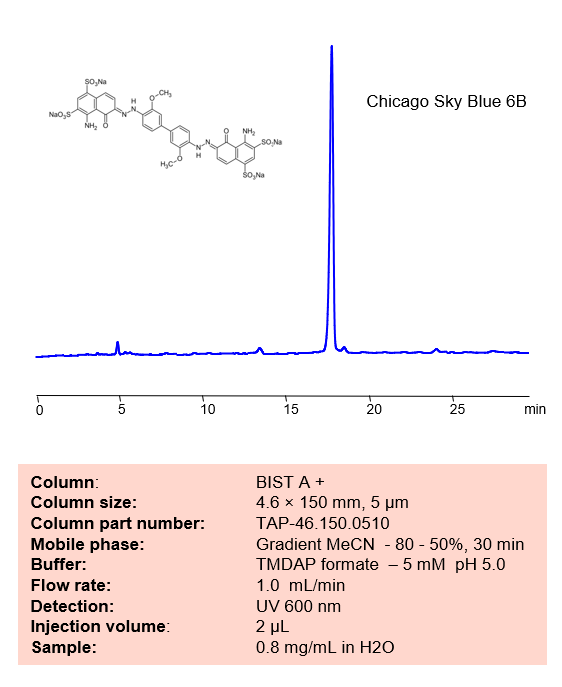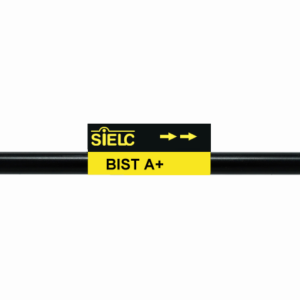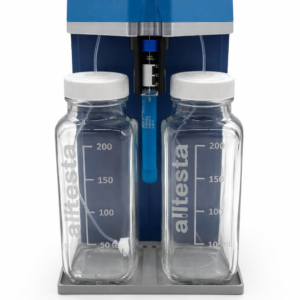Separation type: Bridge Ion Separation Technology, or BIST™ by SIELC Technologies

High Performance Liquid Chromatography (HPLC) Method for Analyses of Chicago Sky Blue
Chicago Sky Blue can be retained and separated into its component compounds easily on a negatively-charged, cation-exchange BIST™ A+ column. There are two keys to this retention method: 1) a multi-charged, positive buffer, such as N,N,N’,N’-Tetramethyl-1,3-propanediamine (TMDAP), which acts as a bridge, linking the negatively-charged anion analytes to the negatively-charged column surface and 2) a mobile phase consisting mostly of organic solvent (such as MeCN) to minimize the formation of a solvation layer around the charged analytes. While both of these sulfonated dyes have the same charge, their molecular structure (and therefore charge distribution) differs just enough to allow them to be separated in a high-organic MP.
Other positively-charged buffers that can generate BIST™ include DMP, Calcium acetate, and Magnesium acetate. Using this new and unique analysis method, Brilliant Black BN and Chicago Sky Blue can be retained and separated with high selectivity and great peak shape. This method can be detected and is compatible with ELSD, CAD, and Mass Spectrometry (LC-MS).
Condition
| Column | BIST™ A+, 4.6×150 mm, 5µm, 100A |
| Mobile Phase | Gradient MeCN |
| Buffer | TMDAP phosphate – 5 mM pH 4.0 |
| Flow Rate | 1.0 mL/min |
| Detection | Vis 600 nm |
Description
| Class of Compounds | Dyes |
| Analyzing Compounds | Chicago Sky Blue |
Application Column
BIST A+
Column Diameter: 4.6 mm
Column Length: 150 mm
Particle Size: 5 µm
Pore Size: 100 A
Column options: dual ended





